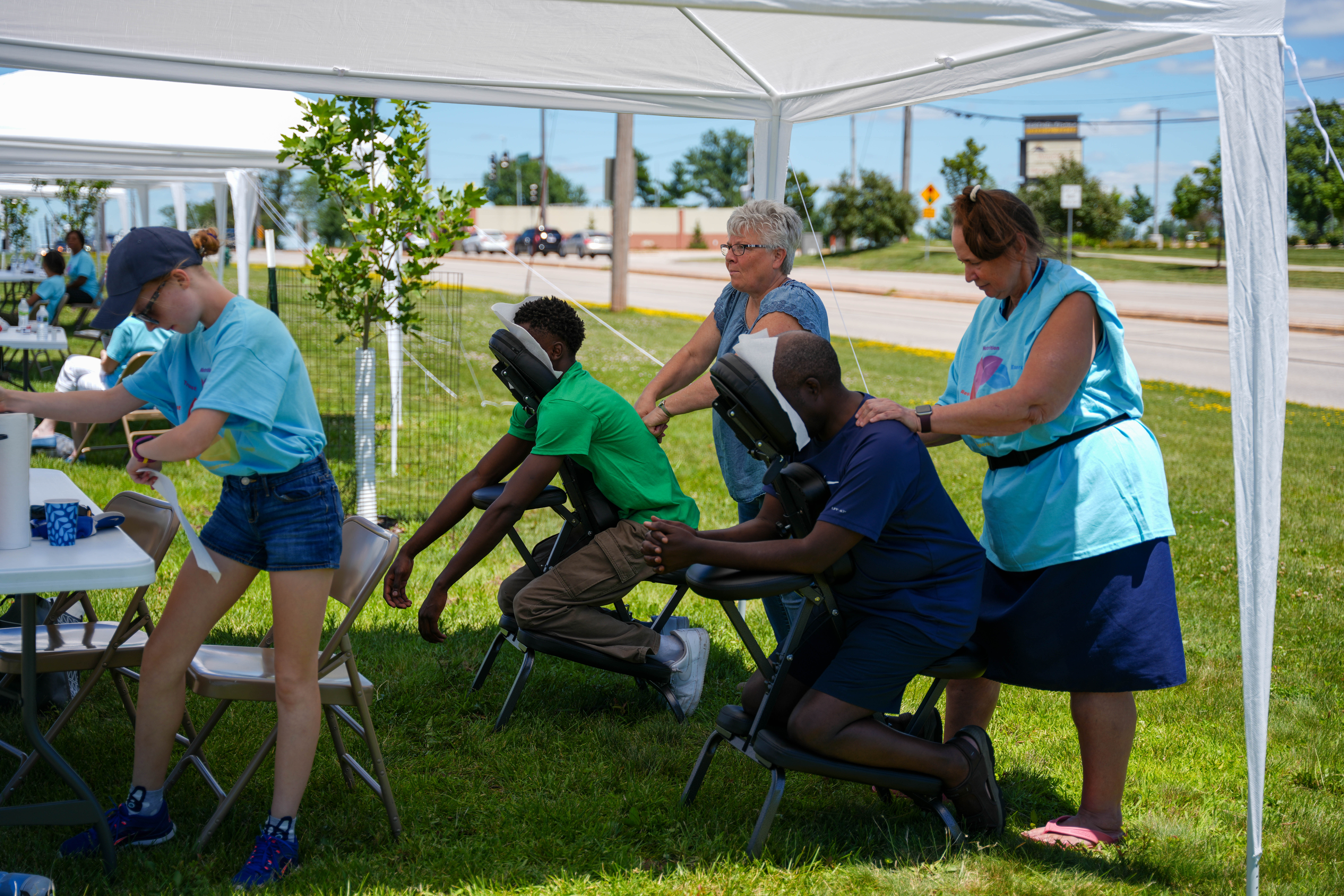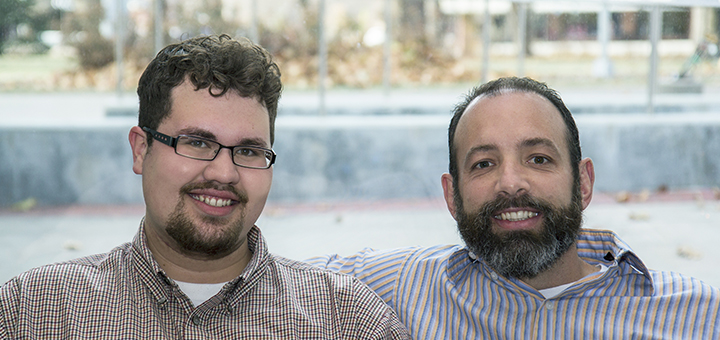His beard was fierce. The black-grey manliness dominating his face was impossible to miss as I entered The Egg and I. He greeted me with “Hey, Brother” as I slid into the booth and readied my computer to take notes.
I wanted to know why, after 10 years, Shayne Daughenbaugh had decided to resign from his youth pastor position at College View Church in Lincoln, Nebraska to pursue a new venture. In our conversation, we discussed the Adventist church structure (large scale and local) as well as specific aspects of the church’s functions. What works? What doesn’t? Where could change take place?
Exploring the facts
Throughout the years, the church has developed an elaborate system that serves to organize and unite Adventists around the globe (see page 5). One of the biggest advantages this system offers is distribution of funds that helps rural churches afford a pastor. In addition to helping local churches, the Adventist church is well known for its extensive missionary work, as well as its education system and hospitals.
But there are always two sides of a coin. While the distribution of money can help support smaller, needy churches, it can also get tied up in utilities for the larger churches and pastoral salaries. Some may wonder if there are better ways the money could be spent. And though missionaries are sent overseas to spread the gospel, the question must be posed as to what more could be done for local community outreach.
What’s the church’s purpose?
Why do we sit in pews and listen to someone talk week after week? To answer that, we have to remember the church’s history. In the Middle Ages, most peasants could not read. Therefore, it made sense for the people to congregate in a room and listen to the educated priest read and explain the Bible to them. Now, illiteracy is rare, yet we have maintained the same church service structure. We sit in pews, listen to a sermon, and maybe follow along in our Bibles.
But what happens when we leave? From experience, I know that most of the message has disappeared by the time I finish my haystack. The sermon may have been compelling and finely phrased, but where are those words Monday morning?
So if the sermons don’t have a lasting impact and the people sitting in the pews with us are essentially strangers, what is the church’s true purpose? Since childhood, we’ve been told to bring outsiders into the church. Yet I find myself wondering what I would be offering them if I brought them into a place that does little for me. Therefore, my interest was piqued when I heard about Shayne’s endeavor.
Creating spiritual community
“In a nutshell, what is it you’re trying to do?” I asked.
“We’re creating spiritual community for those who are disengaged—that have baggage with the institutional church,” he replied. In addition to the general disengaged crowd, Shayne believes that he will be able to better reach millennials,* a demographic the church has been scrambling to retain. Regarding the church’s traditional youth retention tactics, Shayne commented, “We expect we’ll build a great church, throw some fancy graphics up on a screen, and they’ll be drawn to it. I don’t think millennials are into that, especially the ones who are unchurched. They have the big fancy flash in the concerts or in the bars. What they really need and what I think people crave, in general, is community.”
The Acts 2 model
A major part of the community Shayne is building includes “house church,” where people meet in someone’s home to worship together. Though he says it’s become more prevalent in the last 10-15 years, the house church model—based on Acts 2—has been around since Christianity began. The beauty of a house church is that, opposed to traditional church, things don’t hinge on a pastoral staff. Rather than being dependent on those people, house churches embrace the concept of “being the body of Christ.” There are leaders, but everyone in the community has a responsibility and opportunities to be involved.
In many ways the Adventist church has changed very little in the last 150 years. While it isn’t obsolete, Shayne pointed out the need for room in our minds for other expressions of church. Initially, some people were concerned Shayne was turning his back on the church, but I’d say it’s the opposite—he’s branching out. He’s breaking Adventism out of its shiny, suit-and-tie box. With Adventism at the heart of his ministry, he’s free-falling out of a religious comfort zone and into a bare-bones spiritual journey with God.
As an innovator, I’m intrigued and impressed at the faith going into the community Shayne is starting. As a millennial, it excites me to think of an alternative to church—without substituting spirituality. The traditional church service will be around for a long time, but it no longer has to be the only way for spiritual engagement. It no longer has to be a finish line to drag the unchurched across. Jesus’ life showed us that what matters most is people, whether we’re with them in the sanctuary or on a couch in someone’s living room.
This article, also published in the January 2015 print edition of OUTLOOK, was written by Josh Marshall, a 22-year-old writer and musician from Lincoln, Nebraska.
*Millennials (also known as Generation Y) make up the demographic born approximately between 1980 and 2000.
[hr]










